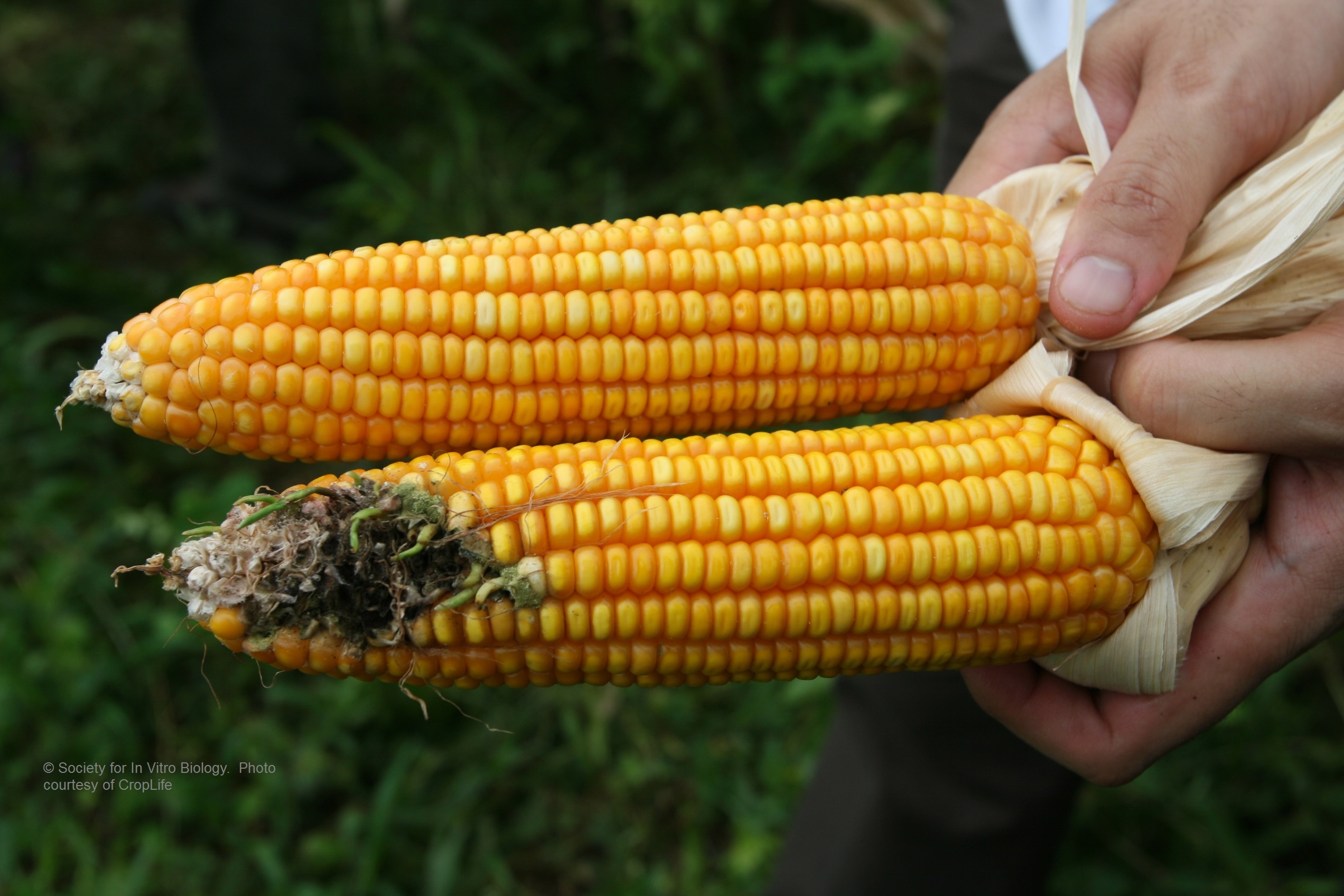Week 6: BioTech and Art
Biotechnology is a field of study that utilizes the application of scientific and engineering principles to the processing of materials by biological agents to provide goods and services. It encompasses a wide range of techniques and tools that use biological systems, living organisms, and their derivatives to create or even modify products, crops, or livestock to develop new innovations. This week’s lectures have demonstrated to me that biotechnology can be intersected by art to bridge the gap between scientific achievement and artistic expression.
A piece of art that utilizes the medium of biotechnology that I find quite fascinating is the GFP Bunny by Eduardo Kac which consists of the creation of a fluorescent rabbit through molecular biology. By introducing green fluorescent protein from a jellyfish into the genes of an albino rabbit, Kac was able to generate a glowing bunny (Kac 2000). This was my introduction to how biotechnology can be used as a medium through which art can be demonstrated through living organisms. As beautiful as it seems, I immediately thought about the ethical implications of the practice and the potential harm that could have been done to the rabbit. Furthermore, such advanced experiments could prove to be deadly, such as in the case of movies like Jurassic Park, a movie where the use of biotechnology to clone dinosaurs went considerably wrong and resulted in crisis and harm (IMDB 1993).

Further uses of biotechnology can be seen in some of our favorite foods such as McDonalds and Taco Bell. A famous YouTube video demonstrates that McDonald's fries can last up to 10 months without molding (Javahippo 2007). This experiment certainly led to questions regarding the biotechnology used in producing Mcdonald's products. This demonstrates the intersection of biotechnology and food, a culinary art. The production of corn in the U.S. further demonstrates this. Over 90% of corn is produced via genetic engineering (USDA 2020). While proving to provide great benefits such as allowing the crop to be herbicide-tolerant and insect-resistant, the practice still remains to be highly controversial.

Regenerative medicine, probably one of biotechnology's most important and profound uses, can be utilized for treatment purposes (Vanouse 2011). I believe this demonstrates the highest form of art: the human body utilizing biotechnology to heal itself. However, the boundaries for using such technology must certainly be discussed and implemented.

SourcesDavey, Tucker. Benefits and Risks of Biotechnology, 2018.


This comment has been removed by the author.
ReplyDeleteHi Jerome, I really enjoyed your blogpost for this week! I thought it was really interesting that you devled into the intersection between biotechnology and food, because like Eduardo Kac's GFP bunny, genetically modified foods have also caused discussions about the ethics and critiques of scientific innovation, research communication, and even global diplomacy. Additionally, regenerative medicine also carries some ethical implications, especially regarding access to such a medicine. It really serves to show how ethics is deeply intertwined with biotechnology, and now biotech art.
ReplyDeleteHi Jerome! I really enjoyed reading your blog post! It explained biotechnology in a simple way and showed how it can be combined with art to create something amazing. Including "GFP Bunny" by Eduardo Kac was a really fascinating example, and it made me think about the ethical considerations and potential risks involved in such experiments. I also like how you highlighted the use of biotechnology in our favorite foods and the controversy surrounding genetic engineering in corn production. Great work!
ReplyDelete